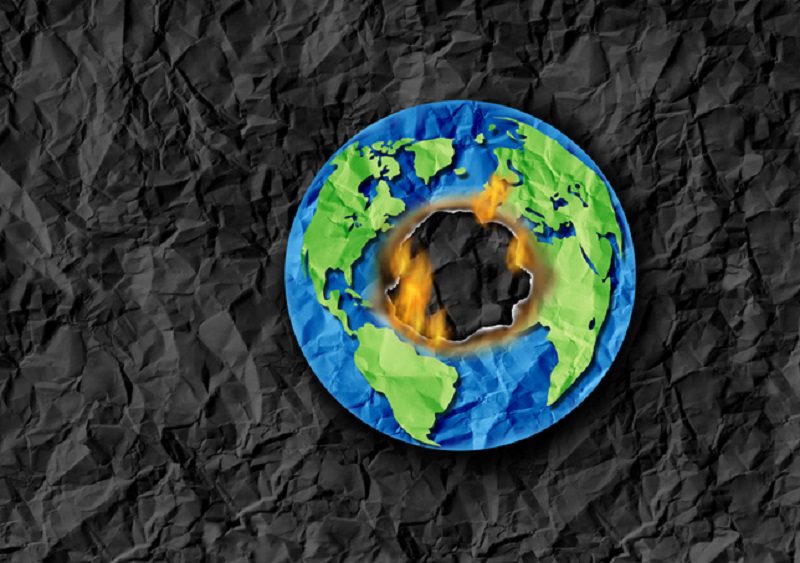Hard reinsurance market in Canada unlikely to improve in 2024

If Canadian P&C insurers thought the Cat reinsurance market was tough this year, just wait until next year.
“Global reinsurers are cutting back on the cover they provide against medium-sized natural catastrophe risks due to investor pressure after several years of large catastrophe losses and improved profitability in other parts of the market,” Fitch Ratings says in a report published Thursday.
“Some companies were already retreating from the property-casualty market in 2022 but even the strongest reinsurers have now pulled back, largely through tightening their terms and conditions to limit their aggregate covers and low layers of natural catastrophe protection.
“This leaves primary insurers much less protected against secondary peril events [i.e., flood, thunderstorms and wildfires]. However, reinsurers still offer ample cover against the most severe events. The reinsurance market appears to have returned to its pre-soft market state of providing capital protection for cedents, rather than earnings protection.”
There were insured natural catastrophe costs of $53 billion globally during the first half of 2023, which is 47% above the 20-year average, Firch Ratings reports, citing numbers from Aon.
During the June and July 2023 reinsurance renewals, U.S. property catastrophe markets had the largest price hikes, Fitch reports. Loss-hit accounts saw their Cat insurance premiums go up anywhere between 30% and 75%. Accounts that didn’t experience a Cat loss saw increases between 10% and 40%.
During Canada’s reinsurance renewal season on Jan. 1, 2023, portfolios without a significant Cat loss history saw increases of 25% to 30%, while other portfolios with losses saw their reinsurance rate increases climb as high as 50% to 70%, Donald Callahan, managing director of Guy Carpenter Canada, said during a Canadian Underwriter webinar held last April.
Related: Will reinsurers pass rate increases to consumers?
Thus far in Canada, three Cat events alone in 2023 — flooding and a wildfire in Halifax, plus wildfire losses in B.C.’s southern interior region — are projected to cost insurers collectively anywhere between $1 billion and $1.8 billion. Last year, Canadian P&C insurers paid a total of $3.1 billion for all Cat events combined in 2022.
At the Insurance Institute of Canada’s symposium event last April, Peter Askew, president and CEO of Canada at Guy Carpenter & Company Ltd., noted reinsurers weren’t just increasing rate. They were limiting their exposure to high-frequency events as well.
In reinsurance contracts, attachment points can be expressed in years. In other words, for an attachment point of two or three years (typical for pre-COVID reinsurance policies), that means reinsurers would chip in to help cover a primary insurer’s Cat loss events that happen every two or three years.
But in January 2023 renewal season, “there was more noise and pressure to [raise that to] one-in-10, which would have been a very considerable step change,” said Askew. Some reinsurers moved the attachment points to five years instead.
Expect the hard market in Cat reinsurance to persist into 2024, Fitch predicts.
“Fitch expects reinsurers to maintaining strong underwriting discipline despite higher interest rates and for reinsurance market hardening to persist into 2024,” the ratings agency states in its report. “However, price increases are likely to be more moderate than in 2023 as rate adequacy has generally been reached through several rounds of hardening since 2018.
Feature image courtesy of iStock.com/wildpixel



